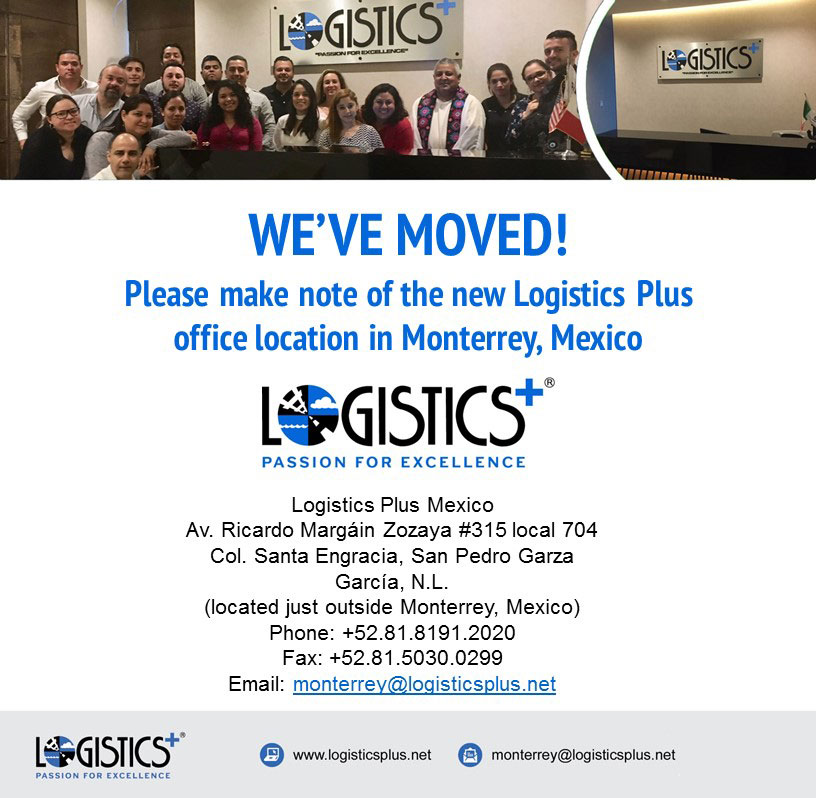
by logisticsplus | Jun 15, 2018 | News
Greetings from San Pedro Garza Garcia, NL (just outside of Monterrey) … the new home of the Logistics Plus Mexico headquarters! The moving process, as expected, wasn’t as flawless as we were hoping; but with the team’s help things are getting together and falling into their place. Here are a few pictures of the new facilities. We had a little blessing ceremony on Monday. Special thanks to Elena, Gilberto and Pepe that made all this happen.
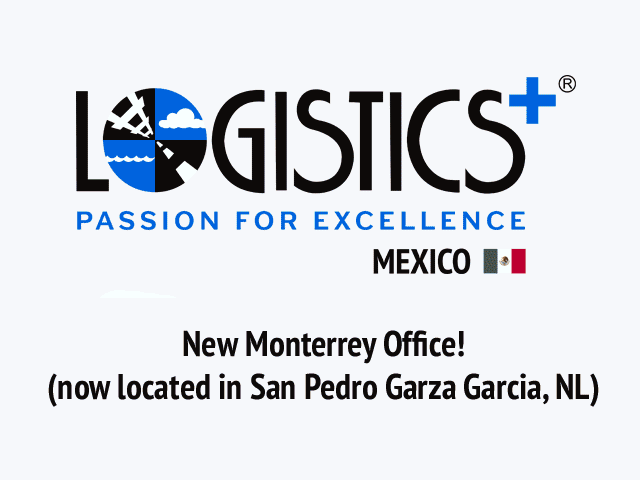

Here’s are new address information:


by logisticsplus | Jun 15, 2018 | News
 Global Trade Alert Message:
Global Trade Alert Message:
USTR issues tariffs on Chinese products in response to unfair trade practices.
The first set of commodities for which additional duty has been levied via USTR: List 1
The second set of commodities which will undergo a further review and public comment period before a final determination is made via USTR: List 2

by logisticsplus | Jun 14, 2018 | News
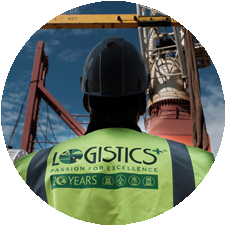 The Logistics Plus Project Cargo Team has been busy this month. So far in June, and as outlined below, we have managed a variety of projects, including the successful deliveries of windmills, locomotives, and sailboats (photos included in the video below).
The Logistics Plus Project Cargo Team has been busy this month. So far in June, and as outlined below, we have managed a variety of projects, including the successful deliveries of windmills, locomotives, and sailboats (photos included in the video below).
-
- LP Houston safely loaded a mud pump (38 tons) from Oklahoma to Tunisia.
- LP Turkey safely delivered two windmill blade moulds (each 44.50 x 5.80 x 2.50 lxwxh – Gross 28 mt) from Izmir Port to the Factory.
- LP Saudi Arabia safely delivered a sailboat for Saudi Princess.
- LP Turkey safely delivered 104 metric ton transformers and its accessories from Turkey to Norway.
- LP safely received and delivered mobile substations (78 metric tons each) that were imported from Portugal, eventually arriving at the port of Baltimore. They were distributed to power stations around the US.
- LP India successfully delivered 10 locomotives from underhook to India.
- LP Belgium and Turkey successfully loaded 42 pieces of windmill towers and generators from Izmir to the Netherlands.

Do you need assistance with your project cargo? Contact our global team of project cargo and break bulk experts.

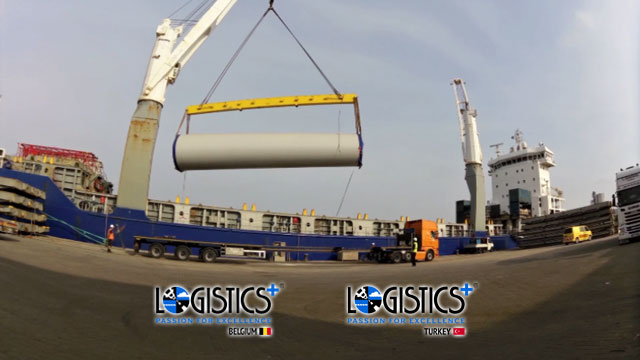
by logisticsplus | Jun 13, 2018 | News
The Logistics Plus Belgium and Logistics Plus Turkey offices worked hard together to ship a near-full charter vessel of 10 complete windmill sets (40 sections of windmill towers and 5 windmill generators) from Izmir, Turkey to Harlingen, Netherlands. This time-lapse video has been condensed to show most of the discharge procedure in Harlingen, but at a greatly increased speed, of course. The whole operation lasted exactly 48 hours, which – for this type of project cargo shipment – is a very smooth discharge.
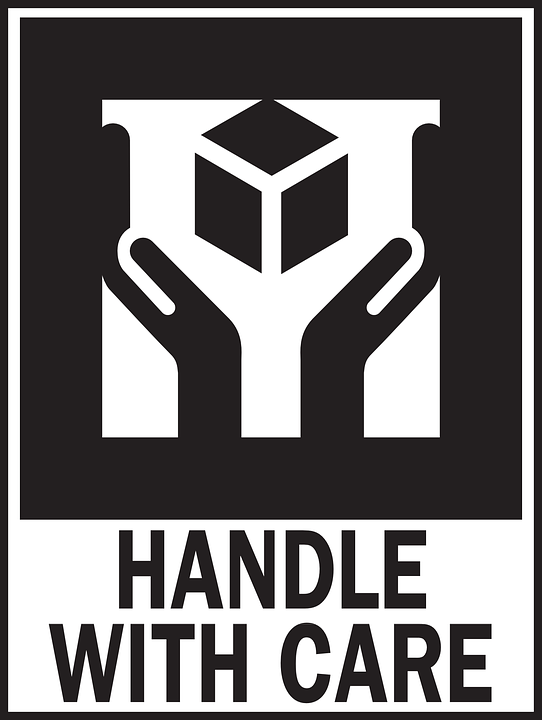
by logisticsplus | Jun 11, 2018 | News
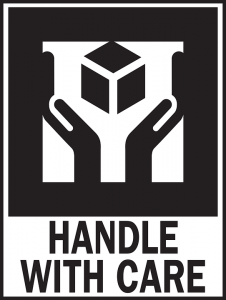 Learning how to correctly file a freight claim is important because it can save time and money for your company. A freight claim is a legal demand for the payment of money, stemming from the breach of a contract of carriage. Following strict guidelines and processes is the only way to correctly deal with these claims. Most importantly, there are four crucial elements to filing a freight claim:
Learning how to correctly file a freight claim is important because it can save time and money for your company. A freight claim is a legal demand for the payment of money, stemming from the breach of a contract of carriage. Following strict guidelines and processes is the only way to correctly deal with these claims. Most importantly, there are four crucial elements to filing a freight claim:
- The shipment needs to be identified so the carrier can complete an investigation.
- The type of loss or damage must be stated.
- The amount for the claim must be estimated.
- A demand for payment by the carrier must be included.
After making sure all four elements are clearly indicated, follow these tips and suggestions to ensure you correctly file your next freight claim:
- Take immediate action
- Taking immediate action is a crucial step of effectively filing a freight claim. Freight claims for loss or damage are generally governed by Title 49, CFR. Claimants must file the claim within the time limits specified in the bill of lading or contract of carriage. The time period cannot be more than 9 months from date of delivery or, if never delivered, the expected delivery date. Unless it’s otherwise agreed upon in a contract, a carrier must acknowledge receiving the claim within 30 days. The carrier must then pay, offer to compromise, or disallow the claim within 120 days or provide status reports every 60 days after. If the carrier fails to abide by these rules, it should be notified that it is violating the FMCSA claim regulations. Furthermore, if the damages are not noted on the delivery receipt at the time of delivery, you have only 5 days to alert the carrier of concealed damage. After these 5 days, the carrier can deny the claim due to the shipment being signed as clear.
- Attempt to mitigate the damages
- A responsibility that all parties of the shipping process share is attempting to mitigate damages. It is your responsibility to give a good faith effort to salvage damaged products unless you consider them to be totally or substantially useless and of no good.
- Have additional documentation available
- In order to make sure your freight claim is successful, always include supporting documentation. If it’s available, you should include the original bill of lading (BOL), the paid freight bill, inspection reports, notification of loss, copies of request for inspection, invoices, waivers, and other appropriate documents. Recently, some carriers have adopted picture policies, which require photographic documentation of all damages or else they will not process that claim. The more information you have regarding the freight, the more effective your claim will be.
- Create a detailed description of the losses or damages
- A detailed description of the loss or damage should be properly documented. The claimant should include the number of items damaged, the type of damage, the value of each unit, and the total claim amount. For example:
- 15 boxes of cell phones – (water damaged) @ $500 each: $7,500
- 5 boxes of cell phone cases – (crushed) @ $100 each: $500
- Total Damages: $8,000
- Amount Salvaged: $250
- Total Claim Amount: $7,750
If you frequently ship LTL freight or truckload shipments, freight losses and damages are almost inevitable, as is dealing with freight claims. That’s why it’s important to have an experienced and caring freight management partner working with you every step of the way. When you work with Logistics Plus, we’ll gladly assist you with the filing or processing of your freight claims, and we’ll assist you to find the carriers that best represent your interests. Contact us today to learn more.

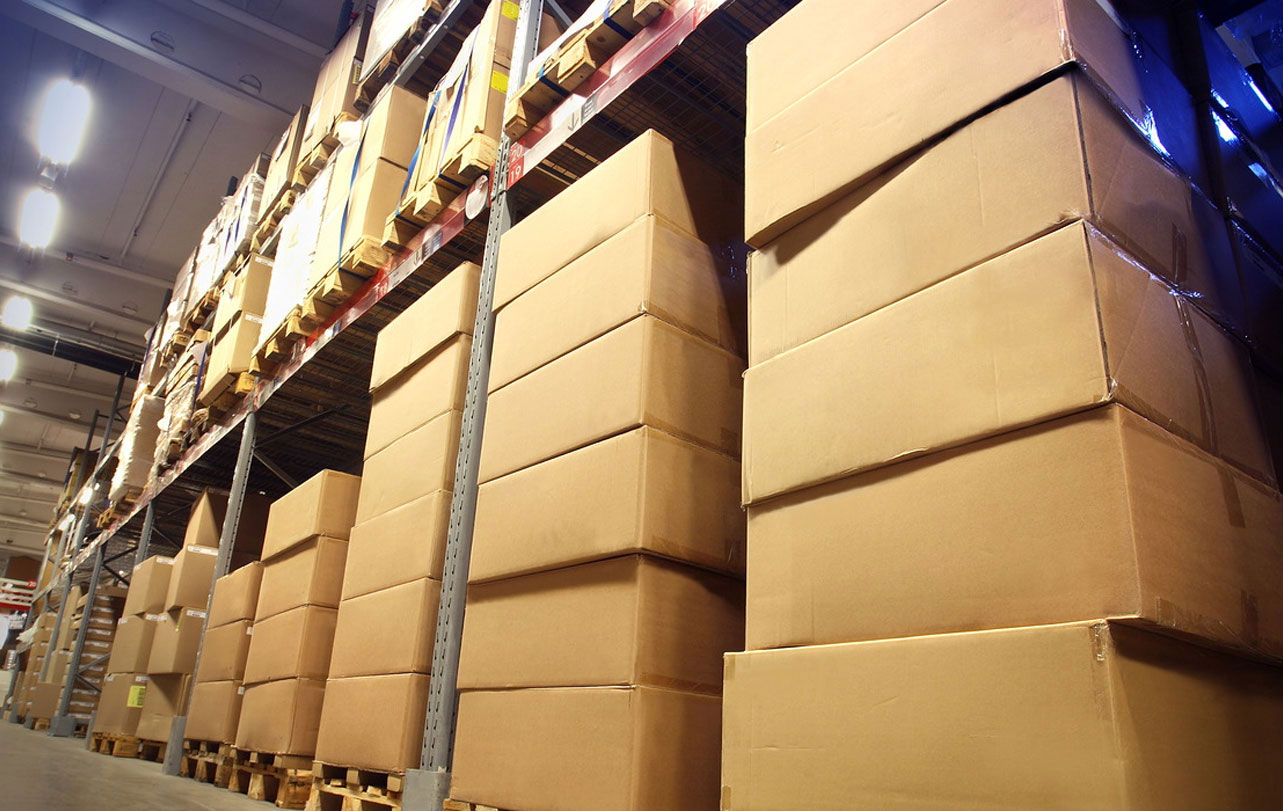
by logisticsplus | Jun 8, 2018 | News
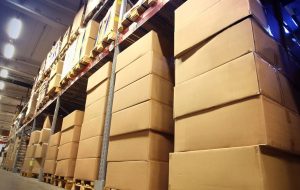 Companies that sell through Amazon must contemplate whether it makes sense to use Fulfillment By Amazon (FBA) services or consider third-party warehousing alternatives to FBA. When making this important business decision, it is crucial that companies understand the benefits of third-party logistics (3PL) while recognizing some of the potential downfalls associated with FBA. Here are a few issues that Amazon retailers face, and ways that 3PL companies such as Logistics Plus can help:
Companies that sell through Amazon must contemplate whether it makes sense to use Fulfillment By Amazon (FBA) services or consider third-party warehousing alternatives to FBA. When making this important business decision, it is crucial that companies understand the benefits of third-party logistics (3PL) while recognizing some of the potential downfalls associated with FBA. Here are a few issues that Amazon retailers face, and ways that 3PL companies such as Logistics Plus can help:
- Issue: Costly warehousing and fulfillment options where the prices can change monthly
- Cause: Due to the decreasing space at Amazon fulfillment and warehousing centers, the costs continue to increase and fluctuate by month. Between the months of January-September and October-December, Amazon retailers can expect about a 245% increase in monthly storage prices.
- Logistics Plus Solution: By offering complementary, but lower-priced FBA-related services, Logistics Plus can provide more flexibility with packaging and warehousing, along with predictable and stable pricing all year long (see examples below). We can also help address sellers needs for omnichannel fulfillment strategies.
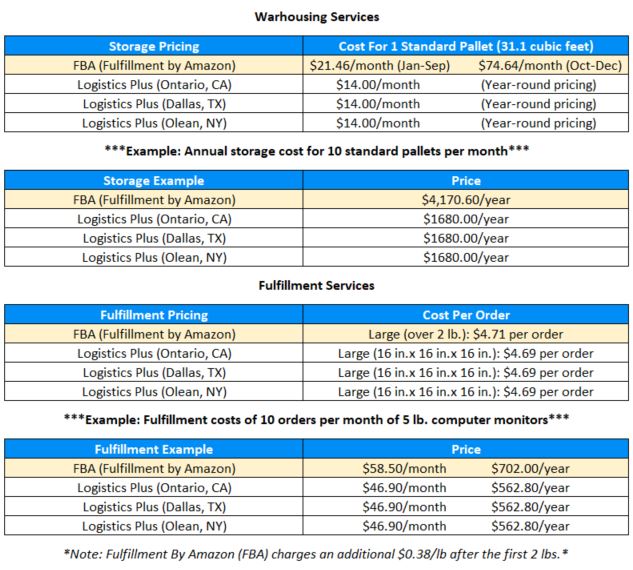
- Issue: Supply chain visibility and unknown locations of products.
- Cause: Due to the high volume of products and limited capacities of FBA warehouses, products may become lost or damaged, leaving the customer wondering where their product is located or being held. When Amazon struggles to offer this valuable information to their customers, this can often lead to a frustrating experience.
- Logistics Plus Solution: Logistics Plus is able to track and locate products much easier because it is much smaller and more nimble than Amazon; and Logistics Plus warehouse management system (WMS) technology provides customers with complete, real-time status of products entering or leaving one of its warehouses (we support both LIFO and FIFO inventory systems).
- Issue: Customer service communication and cooperation.
- Cause: Due to the amount of retailers selling on Amazon, the customer service responses can often be delayed. Buyers and sellers tend to have multiple questions to make sure they know exactly what Amazon is doing with their orders. Working through these questions, a retailer can often expect a significant amount of time on hold, often without final resolution.
- Logistics Plus Solution: By employing an efficient and cooperative call center solution, Logistics Plus will tend to every customer’s needs. Whether it is a quote on your next import or a simple question regarding the status of your inventory, Logistics Plus will provides answers quickly.
If you’re a retailer that sells on Amazon and you’re contemplating third-party warehousing alternatives to FBA, then contact Logistics Plus. As an endorsed member of the Amazon Global Selling Solutions Provider Network, we know Amazon and we know Amazon sellers well.



![]()




 The Logistics Plus Project Cargo Team has been busy this month. So far in June, and as outlined below, we have managed a variety of projects, including the successful deliveries of windmills, locomotives, and sailboats (photos included in the video below).
The Logistics Plus Project Cargo Team has been busy this month. So far in June, and as outlined below, we have managed a variety of projects, including the successful deliveries of windmills, locomotives, and sailboats (photos included in the video below).


 Learning how to correctly file a freight claim is important because it can save time and money for your company. A freight claim is a legal demand for the payment of money, stemming from the breach of a contract of carriage. Following strict guidelines and processes is the only way to correctly deal with these claims. Most importantly, there are four crucial elements to filing a
Learning how to correctly file a freight claim is important because it can save time and money for your company. A freight claim is a legal demand for the payment of money, stemming from the breach of a contract of carriage. Following strict guidelines and processes is the only way to correctly deal with these claims. Most importantly, there are four crucial elements to filing a 

 Companies that sell through Amazon must contemplate whether it makes sense to use Fulfillment By Amazon (FBA) services or consider third-party warehousing alternatives to
Companies that sell through Amazon must contemplate whether it makes sense to use Fulfillment By Amazon (FBA) services or consider third-party warehousing alternatives to 